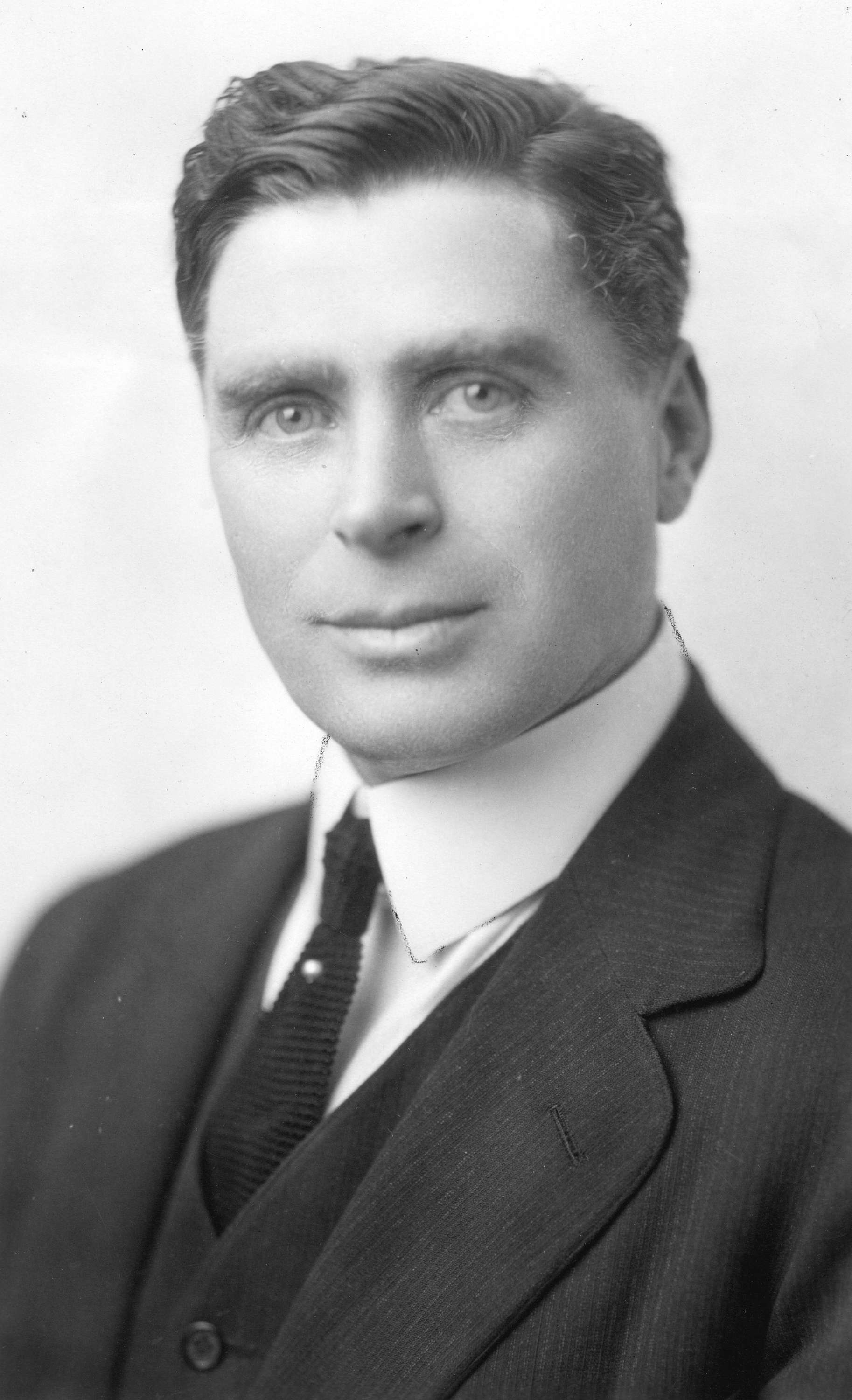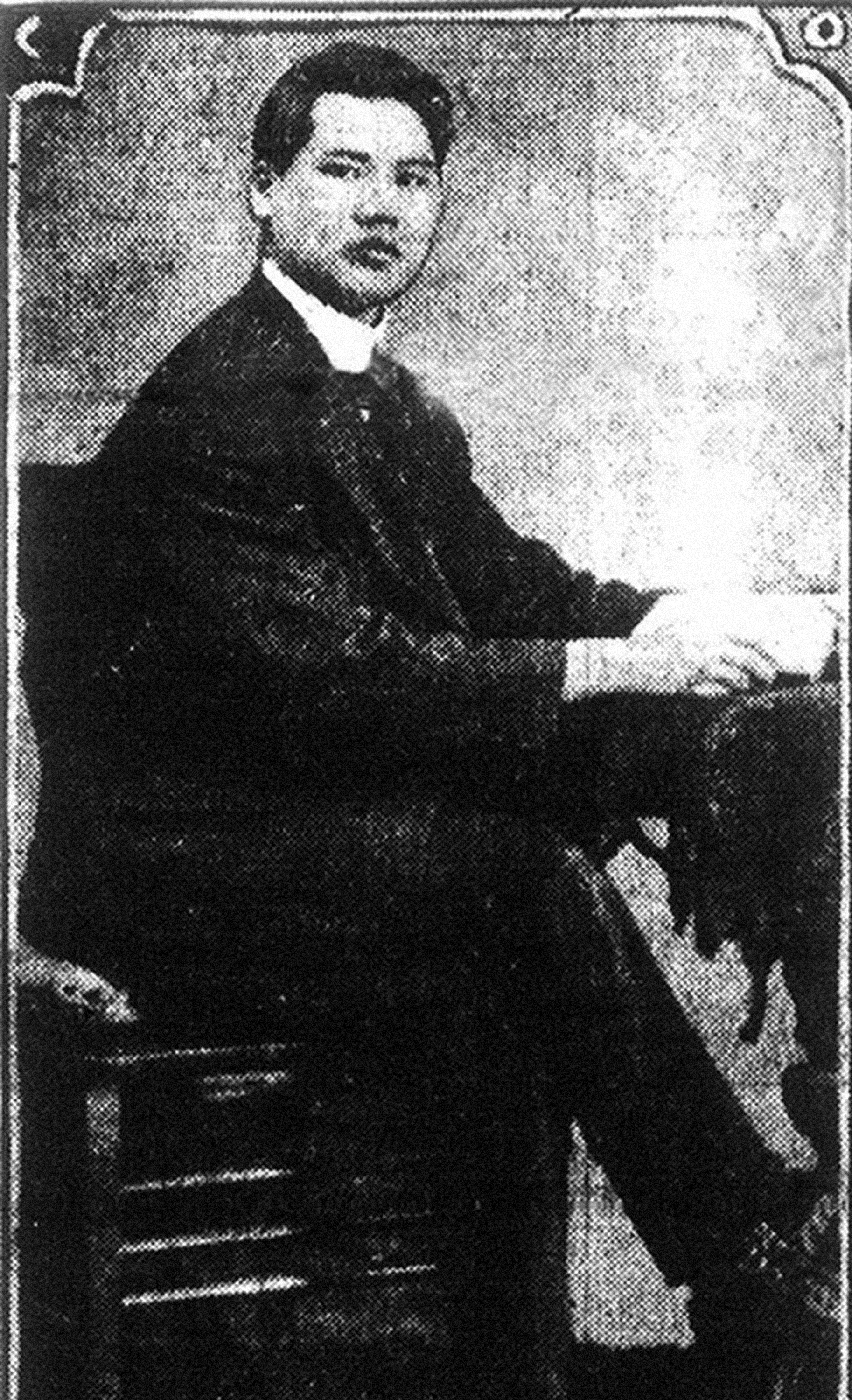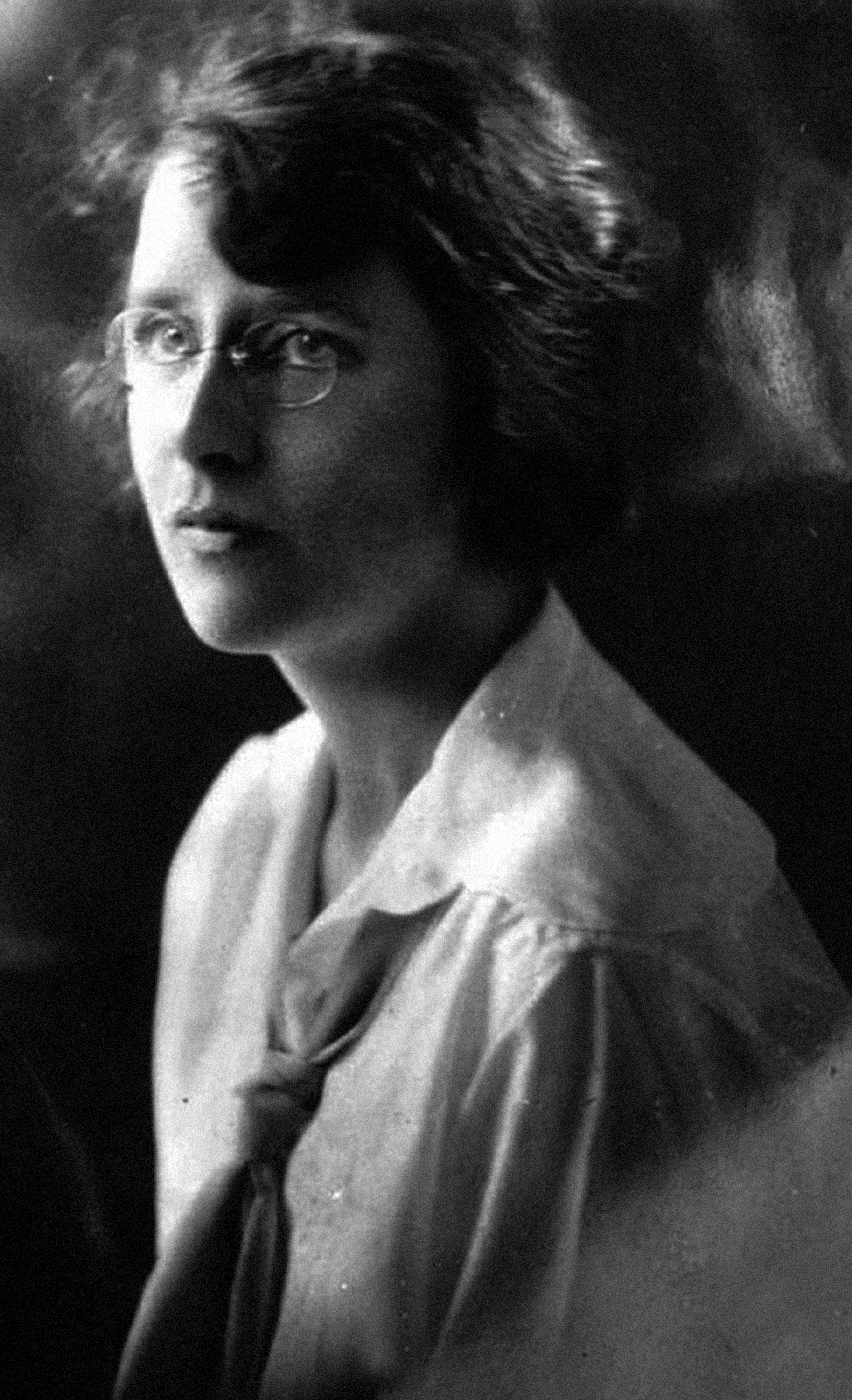Less than a kilometre long, Paton Street spans just two diagonal blocks on Vancouver’s posh west side.
The road itself is narrow—the kind where two Canadians driving in opposite directions would have to pull over and gesture at one another until someone finally went first—and it’s lined on both sides by a hodgepodge of quaint bungalows and obnoxious mega mansions. The lawns are well-manicured, and the yards are large, unmolested by even a sidewalk in either direction. But while Paton Street might be short, its legacy is long on racism, assault, kidnapping, miscarriage of justice, and even a possible connection to the Ku Klux Klan.
Videos by VICE
“I don’t think that naming streets after people with such racist histories is a good idea at all,” says Stuart Smith, a member of volunteer advocacy group Abundant Housing Vancouver. After discovering Paton Street’s history, the organization began discussing ways to get it renamed. “All the events down in Charlottesville have really opened my eyes. It matters what you put on a pedestal, and it matters who you name things after.”

Christened exactly 60 years ago, Paton Street was named for a guy who would have seemed, on paper, to be the perfect candidate. He had a long and distinguished career in public service—first as a school board trustee, then the mayor of Point Grey (a neighbourhood on the city’s west side that was once a separate municipality), then later as a Conservative MLA. He owned the Vancouver Courier (then the Point Grey Gazette), a community newspaper that still exists more than 100 years later. He served his country during World War I, losing a leg in the process. He was active in the town planning movement of the day, served on a number of boards and committees. He was a mason, a member of the United Church, and a man well-respected by his community.
Unfortunately, he was also a ferocious racist—one who would aid the violent forced confinement of a Chinese man by men wearing white robes and hoods, but would not face any repercussions for those crimes.
Town planning, Smith notes, was often used in the 1800s and 1900s as a tool to segregate wealthy Europeans from perceived undesirables—in their eyes, people of colour, and the poor—and Paton seems to have subscribed to this idea wholeheartedly. In a 1922 editorial for the Point Grey Gazette, he articulated his hopes for turning Point Grey into a “first class residential district”—one free from both apartments and “Orientals.” In a later Vancouver Sun editorial he described Chinese Canadians as “problem people,” and during the latter part of his political career, even vocally opposed their right to vote. He wasn’t alone; anti-Asian sentiment was common in the Vancouver of the early and mid 20th century—in 1907, a group calling itself the Asiatic Exclusion League had staged a full-blown race riot in the streets of Chinatown, causing hundreds of thousands of dollars in damage—and racist policymakers were everywhere, crafting legislation like the 1885 Chinese head tax meant to discourage immigration, and later Japanese internment during World War II.

“Everyone at that time was generally racist,” writer and historian Ed Starkins told VICE. “The labour unions were racist, the newspapers were racist, the political parties were all vying for the ‘anti-Oriental’ vote. The Liberal party placed a newspaper ad in 1935 that said something to the effect of ‘Don’t let the Yellow Man take your job.’ People were highly inflamed.”
However, Paton took his xenophobia beyond just rhetoric and policy; in 1925, while serving as both mayor of Point Grey, and chairman of its police commission, he helped orchestrate the kidnapping—using municipal funds and police resources—of a Chinese houseboy named Wong Foon Sing, who was kept chained in the attic of a Shaughnessy mansion for more than six weeks, and beaten to get him to confess to a murder he didn’t commit.
First, some context:
In the summer of 1924, Vancouver was rocked by the violent death of Janet Smith—a 22-year-old nursemaid who was found facedown in the basement of the Shaughnessy mansion where she worked. It was a case that captivated the public’s imagination, and even today, remains one of the city’s most notorious unsolved murders. There was a gun near her body, and a bullet hole above her right eye. Wong Foon Sing, the Chinese-Canadian servant who discovered her, immediately called the police, who ruled the death a suicide. And it certainly seemed open-and-shut; the gun belonged to the house’s owner, one Richard Baker, who was, at the time, away on vacation with his family. Nobody but Smith and Wong were in the house at the time of death. The coroner found some irregularities during his examination, but nothing that indicated foul play. And that was almost the end of it—until everything went completely off the rails.

Rumours from some of Smith’s friends reached the ears of the local Scottish Society—rumours of her feeling unsafe around coworker Wong Foon Sing—as well as the ears of fanatical preacher Duncan McDougall, a man known for his anti-immigrant, pro-KKK sermons. Pressure from McDougall and the Scottish Society led the government to reopen the case. A second coroner’s inquest concluded that:
1) The original examination had been botched, and
2) Smith had, in fact, been murdered.
And with a wholesale lack of other suspects, everyone’s eyes turned toward one man: Wong. Wong had been interviewed by both the police and by the coroner, and his story had always remained the same: he was peeling potatoes, heard what he thought was an engine backfiring, and when he wandered into the basement, found Smith’s body at the bottom of the stairs. Even though there was absolutely no evidence linking him to the crime, Wong became a target—for the public, the newspapers, and for those willing to work outside the law.
“He was actually kidnapped twice,” says Starkins, whose book Who Killed Janet Smith? is an exhaustively researched account of the murder and its fallout. “The first time, it was by two guys—named O.B.V Robinson and Verity Norton. And they dragged him down to the Empire Building on Hastings, beat him up, and tried to get him to tell them who killed Janet Smith. They were convinced that he knew what had happened to her. They let him go the next day, but then about six months later, they came back.”
The second kidnapping wasn’t nearly so brief. When Robinson returned—this time with several accomplices—they nabbed Wong at the front door of the Baker house in Shaughnessy, and this time, they wore the robes of the Ku Klux Klan.
“At the outset, the houseboy recalled, the men in white robes had demanded that he tell them who killed Janet Smith,” Starkins wrote, in his book. “When he insisted that he did not know, they began to curse and threaten him, and one man pretended that he was going to smash his head in with a club. Later they pointed a gun at his face and told him he would be shot if he didn’t name the murderer…. So brutal were these attacks that he eventually lost his hearing in one ear and suffered blurred vision.”
After six weeks, Wong’s story remained unchanged, so his captors tried a different tactic. He was released, dazed, on the side of the road, while they simply circled the block, picked him up again—this time in an official capacity—and arrested him for murder. The resultant trial was a farce; by this time, even those in power knew Wong was innocent, and said as much in the pages of the local papers. Ultimately brought before a Grand Jury, Wong was acquitted for lack of evidence.
But before the end of 1925, it came to light that his kidnapping hadn’t been a random act of vigilantism; in fact, it had been organized and financed by the Point Grey police commission—of which Paton was chairman—with the blessing of the BC Attorney General. Following the arrest of O.B.V. Robinson, a dozen indictments were issued in the summer of 1925, including for a number of prominent Point Grey officials, on charges of kidnapping and unlawful confinement of a suspect.
Official records showed that the commission had paid Robinson $1,250 in March of 1925 for what it termed “secret service work.” And while Paton managed to escape the first round of indictments, his luck didn’t hold out for long. On November 4, 1925, he—along with Police Commissioner H.P. McCraney, provincial Special Counsel Malcolm Jackson, and several members of the Scottish Society—was charged with engineering Wong’s kidnapping. Despite the white robes worn by the kidnappers, it was never definitively proven whether Paton, Robinson, or any of their accomplices had actual ties to the Klan, or if the outfits had been used as an intimidation tactic (the Klan was only briefly active in Vancouver, and never particularly popular—although their original headquarters still exists, and today, it’s Canuck Place, a youth hospice).
In fact, nothing ended up being proven in court at all, since, when it came time for the trial to begin in December of 1925, all charges were suddenly stayed by special order from Deputy Attorney General William Carter.
“To subject respectable citizens, some of whom have already been discharged by the magistrate, to a criminal prosecution is an indignity which ought not, in common fairness, to be permitted,” read Carter’s letter to the judge. “The matter has been fully ventilated, as far as is possible, and no public good can come from further proceedings. That are, in my opinion, a useless waste of public money, and should be stayed.”
Paton had caught something of a lucky break—Special Counsel Jackson (his co-accused) was intimately connected with the Attorney General’s office, and AG Manson, likely fearful of the effect Jackson’s conviction would have on his own political career, gave his associate a stay of execution. Provincial politicians were outraged, and the resultant scandal cost Manson his career. Paton, however, became a local hero, seen as a man dedicated to advancing the cause of justice where the courts had failed. He became a city alderman in 1929, and leveraged his considerable local popularity to win a Conservative legislature seat in 1937. Then, not content to rest on his racist laurels, he immediately turned his attention to what he viewed as a serious provincial problem: Asian immigration. Paton was named in a 1938 issue of the Vancouver Sun as a vocal proponent of “Oriental” exclusion, airing his suspicions in the house that Japanese fishermen were in fact enemy agents attempting to seize control of the coast. Paton was also an outspoken supporter of Japanese internment in the early 1940s, an initiative that was eventually adopted by the federal government after pressure from Paton and a number of BC politicians.
Paton remained a Conservative MLA for the remainder of his life, resurfacing occasionally in letters to the Sun to debate racial politics, and once to oppose the right of Asians to vote. He repeatedly defended Japanese internment, arguing in a 1943 Sun interview that the camps were “only half as bad as they sound.” And by the time he died in office at the age of 61, he left behind a dubious legacy, having dedicated much of his life to making things harder for Asian Canadians—working to have them interned, marginalized, kidnapped, and assaulted.
There’s now a movement to recognize and potentially rename sites with troubling legacies like Paton Street—be it Ryerson University, the Langevin Block in Ottawa, John A MacDonald schools, or Trutch Streets in both Vancouver and Victoria. In the winter of 2017, Vancouver City Council unanimously adopted a motion to determine which city assets had racist histories, with an eye to renaming them. No word on whether Paton Street is on their radar, or whether Abundant Housing Vancouver’s project will proceed, but with the current cultural awakening well underway, it’s entirely possible that this sleepy, narrow street’s 60th birthday may be its last.
“My understanding of how these things worked in the past is a bit hazy, but nowadays, I don’t think that it’s an option to just leave it alone,” Smith said. “It says a lot. Maybe a sign on a street isn’t as in-your-face as a statue, but I don’t think it helps, and it’s important that we start having conversations about what types of people we want to commemorate.”




